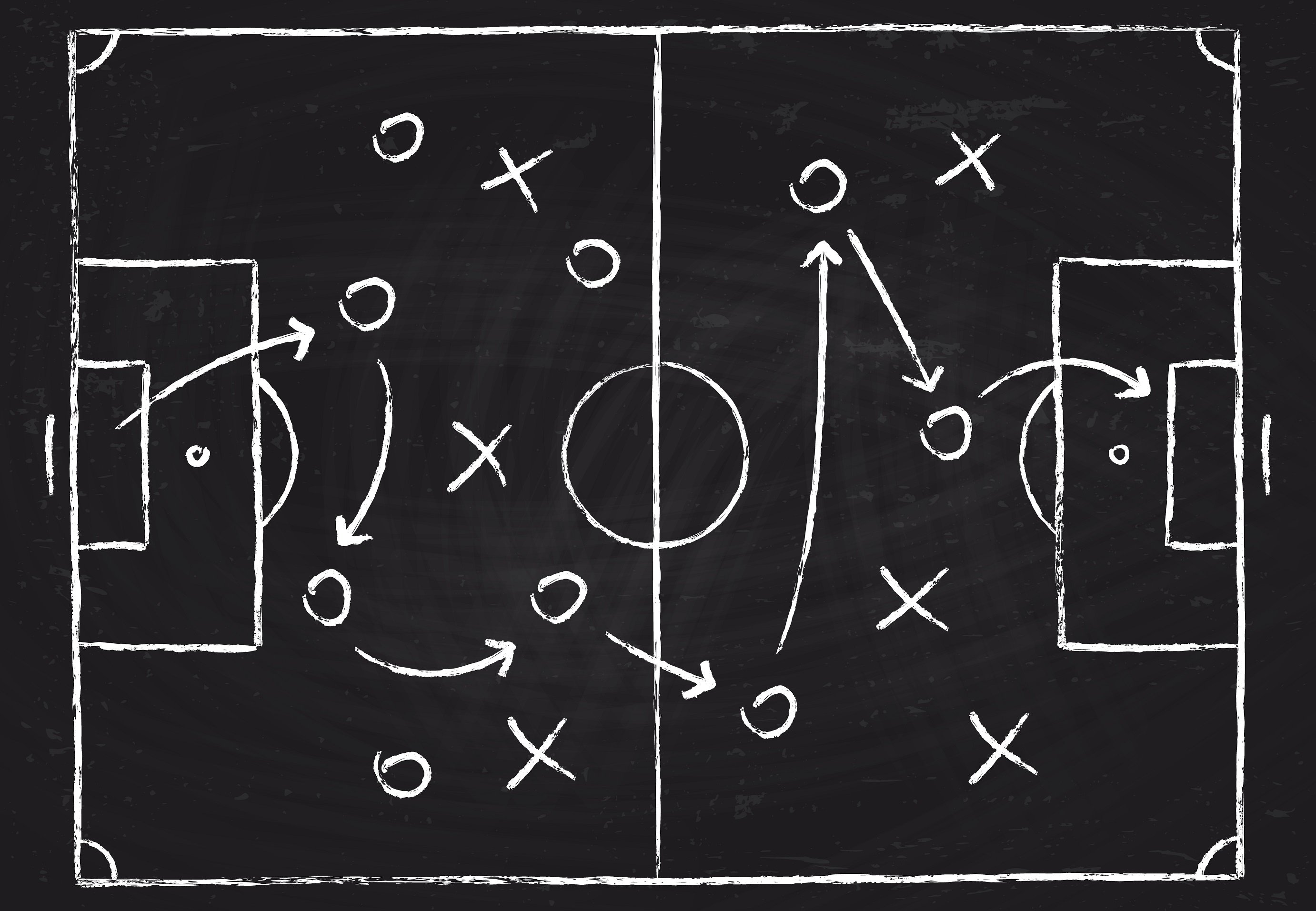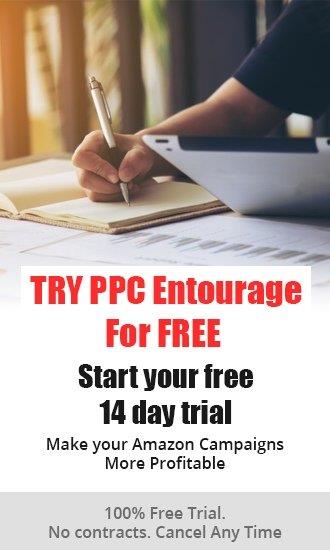The top Amazon sellers make it a point to provide online shoppers with different interactions depending on which stage of the Customer Buying Cycle (CBC) those shoppers are in.
They do this by creating Amazon advertising campaigns that specifically target relevant audiences, and by allocating a dedicated portion of their overall advertising budget to each phase of the CBC.
The Customer Buying Cycle consists of:

This is Part 2 of a series on how to leverage Amazon advertising at each stage of the Customer Buying Cycle.
Part 1 covers Amazon Ad strategies to maximize exposure to potential customers during the “Discovery Phase” of the CBC.
In this blog, we're going to reveal how you can take advantage of different types of Amazon advertising to attract online shoppers to your products during the Consideration Phase.
What Is the Consideration Phase?
Potential customers have now clearly defined their needs and are considering available options. Although they may be aware that your product(s) offers a solution, they’re not yet ready to commit.
They are still evaluating alternative solutions, comparing features, stated benefits, reviews and pricing, with those of your competitors, to determine which product(s) is most likely to be able to fulfill their needs.
The Consideration phase is usually a longer stage.
Customer-centric Content
The Consideration phase is where you try to make it to your potential customer’s shortlist. At this stage, you are still delivering critical information to help online shoppers make the best possible decision.
Your content will be scrutinized at length, so make sure that it’s helpful and centered around solving problems.
Your content should differentiate your products from the competition and build stronger relationships with a more defined and relevant group of potential customers.
Base content around all of the pain points potential customers experience and follow that up by highlighting the practical benefits of your product.
Follow these best practices…
- your listing should be scannable,
- your listing should be clear – there’s no doubt as to what the product is and how it benefits the purchaser,
- your listing should contain quality images,
- your listing should have videos,
- consider your price point (in relation to your competitors), and convey how it’s justified by your product’s benefits to the purchaser, if higher,
- Obtain as many reviews as possible
- respond to any negative reviews with information on how you will remedy the issue whenever possible (if you have a guarantee, state it)
Goals for the Consideration Phase
- You want to optimize for a break even or better ACoS.
- You want a Conversion percentage that has improved when compared to the Discovery Phase.
- You want to improve the CTR (click through rate) percentage versus the Discovery Phase.
- You want to avoid high CPC (cost per click) keywords, that quickly eat away your Ad Spend budget.
- You want to get as many Impressions as possible. More touch points increase the visibility of your product(s), which can lead shoppers to click on your Ad.
- You want to track New to Brand Orders percentage which will allow you to ascertain how many new orders are a result of your Ad Spend.
Types of Ads Used During the Consideration Phase
Sponsored Products
Auto Campaigns
Focus on these auto-targeting types within your automatic campaigns:
- Close Match – going after keywords that are closely related to the items you are selling.
- Substitutes – target your closely related competition in order to appear on their Product Detail Page. This is important because if shoppers are viewing your competitor’s products, you want to appear on those pages also.
- Related Phrase Match Keywords – these are the keywords that are highly connected to the products you are selling. They provide you more reach with related audiences, and to be seen by relatively newer audiences. Use between 10-15 Phrase Match Keywords when setting up your campaigns.
- ACoS Scraping – utilize all of the campaigns created during the Discovery Phrase to find within the Search Term Report, all of the search terms that have generated three or more orders. These are the terms that are ‘scraped’ and gone after for the Consideration Phase.
- Product Targeting (with refinements) Main Category – this allows you to go after your competition in an area where you have a distinct advantage (price, star review rating, Prime eligibility, etc.) You can go after the weaker listings within your category. Set up different targets per setting (higher price point, lower star rating, etc.)
- Product Targeting ASIN Targeting – harvest the ASINs that have generated three or more orders from the previously run Automatic and Category Targeting campaigns from the Discovery Phase. Set up specific campaigns just for those ASINs.
Sponsored Brand Ads
Product Line Campaign (for sellers with multiple products) – this type of Sponsored Brand Ad campaign is designed to drive traffic to a group of products that are related (your product line) for a particular category. For example, this would be set up to feature a seller’s product line of golf products, or grilling accessories.
- Manual campaign with relevant keywords in phrase match.
- ACoS Scraping (3 or more orders) – find those search terms and set up Sponsored Brand campaigns for them.
- Category Targeting (with refinements) Main Category – go after your competition in an area where you have a distinct advantage (price, star review rating, Prime eligibility, etc.)
- ASIN Targeting (3 or more orders) – Set up specific campaigns just for those ASINs.
Sponsored Display Ads
Audience: Views – this allows you to showcase your products to shoppers who have viewed your product detail pages or the detail pages of similar products in the last 30 days but haven’t purchased yet. Caveat…these ads appear off Amazon and use the CPC model. However, this extends your reach beyond Amazon, while driving traffic back to it, and you only pay if your ad is clicked on.
Audience: Searchers – this pertains to shoppers who searched for keywords relevant to your advertised products and have not purchased in the last 30 days. These ads will appear both on and off of Amazon. This is a CPM model (pay per 1,000 Impressions).
Audience: Product Targeting – these will appear on Amazon using a CPC model.
- Main Category targeting with refinements.
- ASIN targeting with 3 or more orders.
In today’s highly competitive Amazon marketplace, online shoppers are taking a second or even third look at each option before discarding it or keeping it for the next round of review. Sellers must implement proven strategies to attract as many eyes as possible to their product(s) during the Consideration Phase of the Customer Buying Cycle.
 Does your Amazon advertising engage shoppers at every stage of the Customer Buying Cycle? If the answer is no (or perhaps you’re unsure), schedule an exploratory call with us to discuss having Entourage manage your Amazon advertising.
Does your Amazon advertising engage shoppers at every stage of the Customer Buying Cycle? If the answer is no (or perhaps you’re unsure), schedule an exploratory call with us to discuss having Entourage manage your Amazon advertising.
Let us help make your brand a household name.











